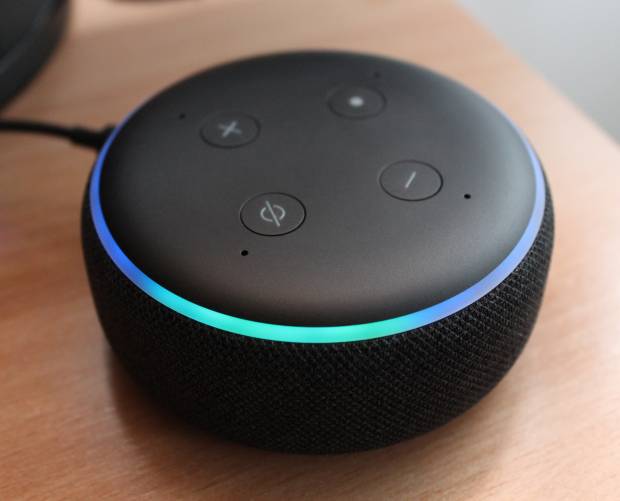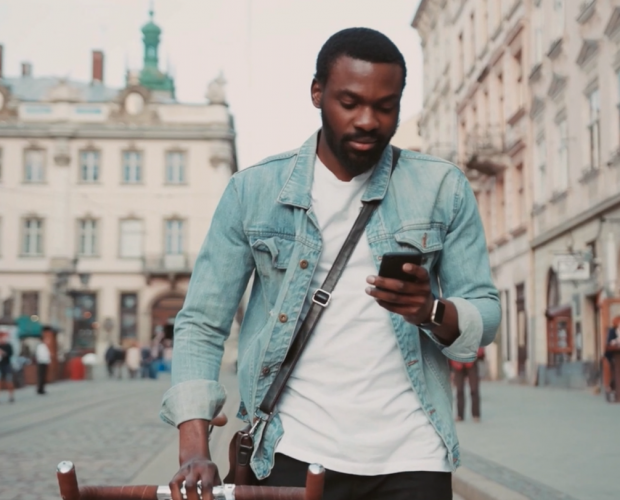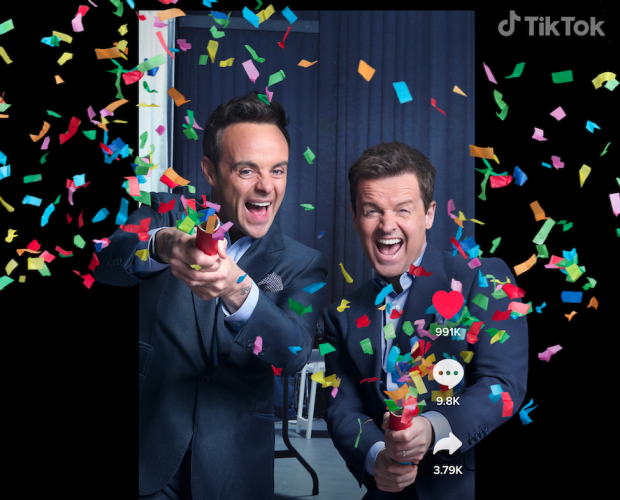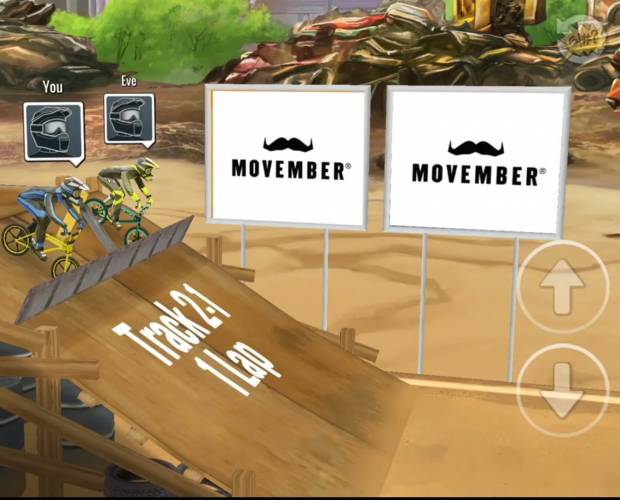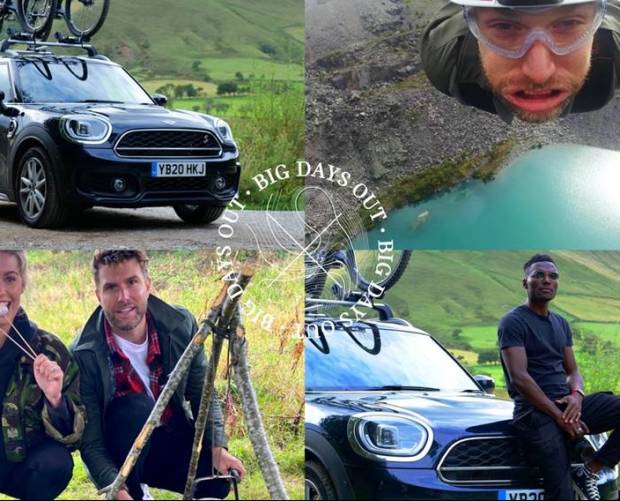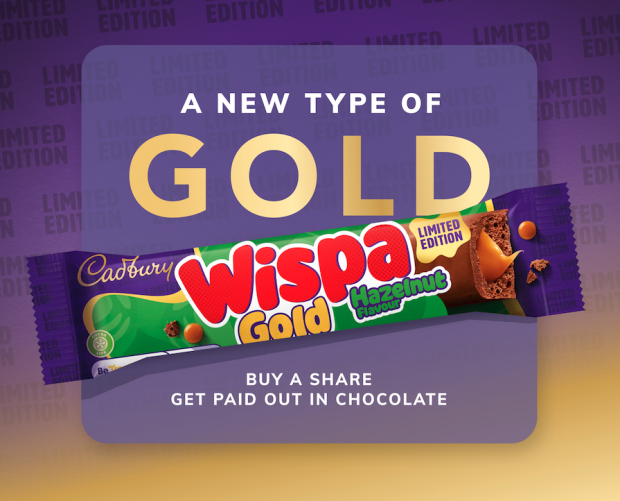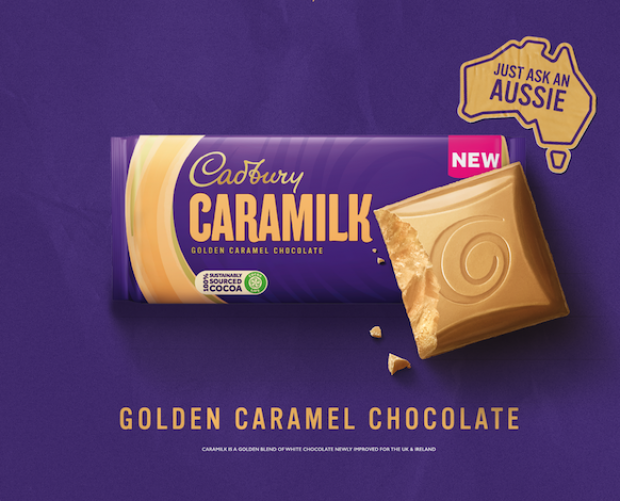Case Study: Vitality Brands turns to influencers for sunscreen brand awareness campaign
- Tuesday, July 24th, 2018
- Share this article:
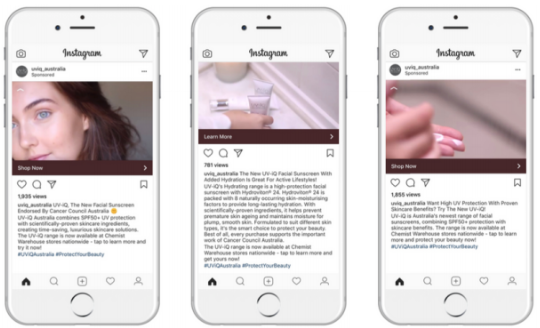 In the competitive world of social advertising, brands can find it challenging to capture and maintain the attention of their target audience. Many have difficulty in optimising their spend on the Facebook ad platform. For the ad to perform well, the content has to be engaging.
In the competitive world of social advertising, brands can find it challenging to capture and maintain the attention of their target audience. Many have difficulty in optimising their spend on the Facebook ad platform. For the ad to perform well, the content has to be engaging.
To raise awareness of its new sunscreen brand, UV-iQ, Vitality Brands partnered with Vamp to trial Facebook ads using influencer-generated content (IGC), rather than brand-produced visuals.
Vitality Brands develops a range of wellness products, including Cancer Council sunscreen, Power Super Foods and Well Naturally. It runs Facebook ads as an ongoing part of its digital marketing strategy.
The company leveraged Vamp’s content and influencer marketing platform to source the talent, create, rights manage and strategically implement a Facebook ad campaign with high-performing user-generated assets.
Previously, Vitality Brands had managed its Facebook ad campaigns in-house. To gauge the effectiveness of this campaign, the results of this trial of IGC content for the launch of UV-iQ would be compared with previous results it had seen with brand-produced stock visuals.
Quality content
Vamp’s content and influencer marketing platform recruited the best influencers to create high quality content for the campaign. Vitality Brands wanted the content to capture the elegance of the product and outline its key features.
The freelance content creator and influencer, @gemkwatts, was briefed to create a 15-second video showcasing the application of the product and healthy-looking skin. Based on learnings from Facebook, @gemkwatts was instructed to showcase the product within the first five seconds of the video.
Full creative control was given to the influencer, diverting away from the traditional top-down marketing approach to directing the creation of branded stock visuals. Vamp then planned and implemented a strategic Facebook ad campaign using the influencer’s content to achieve the brand’s objectives. You can see the full video here.
“The content was authentic and aspirational – the influencers were able to tell a product story in a natural setting, demonstrating where and how it could be used as part of their everyday life,” said Grace Andrews, communications executive at Vitality Brands.
The video campaign ran on Instagram. The copy incorporated the brand’s key messaging and included a link to the product search page on the Chemist Warehouse website.
In order to optimise the brands spend, Vamp split-tested a range of different variables, including audience, using variations of age range and interests, plus caption lengths and calls-to-action.
Results
The Instagram campaign delivered more than 801,000 impressions at a CPM of $6.27. It also generated more than 71,000 video views and over 1,155 clicks through to the website. According to Vamp, the CPM of $6.27 is 2.6 X lower than the Facebook/industry average of $16.10 and 7.6 X lower than the CPM of $47.69 that Vitality Brands had seen with previous campaigns).
The paid media campaign achieved a cost per engagement of $0.06, including the cost to produce the video. This result was 33 X more cost effective than the Facebook/industry average of $2 CPE)and 8.8 X better than the cost per engagement of $0.53 that Vitality Brands had seen in previous social ads it had run.
The engagement rate of Vamp’s influencer-produced video for the campaign was 11.69 per cent, which was 11.9 X higher than the health and beauty industry average, and 2.4 X the average engagement rate that Vitality Brands had previously achieved.
“The results from the UV-iQ video far exceeded our expectations,” said Andrews. “We were able to reach a desired audience through very little ad spend. From these results, it is clear that Facebook is the new form of advertising, giving clearly defined results that cannot necessarily be achieved through traditional methods of advertising. We look forward to using these results to benchmark ourselves against in future campaigns.”
Product experience
Alongside the optimised Facebook ad campaign, Vamp also ran an influencer marketing campaign with seven highly relevant influencers to help increase product recognition and reputation. The influencers were given plenty of time to trial the product before featuring it on their Instagram accounts, so were able to provide a true account of their product experience. Influencers talked about the idea of re-applying UV-iQ throughout the day as well as the skincare benefits of SPF, highlighting the product as part of their everyday beauty routine.
The product recommendations from influencers like @gemkwatts are highly respected by their followers. A positive review from a trusted influencer gives the brand added credibility and helps it to stand out from the competition.
In her post on social media, @gemkwatts gave her authentic testimonial about the UV-iQ in her caption copy:
“Every single morning. Dreamy skin starts with @uviq_australia. I refuse to leave the house without sun protection and have done so since I was 13 so I’ve tried almost everything, and UV-iQ has swiftly become an essential for me. It’s SPF50 without feeling sticky or heavy so it’s perfect under makeup… it cares for the skin while it protects and it’s endorsed by the Cancer Council Australia. In all sincerity, this range ticks every box for me. Applying this every morning is as great a priority for me as a very strong coffee is (big call).”
This campaign delivered a reach of more than 367,000, and generated 5,872 Likes and almost 200 comments, with an engagement rate of 3.4 per cent.
“Through this campaign and others, we’ve noted that the aspirational nature of influencer content produces the greatest engagement,” said Andrews. “Influencers are great content creators. They provide a fresh perspective with each interpreting the product and brief in their own individual way.”
According to Vamp, the campaign shows that influencer-generated content becomes even more engaging when created by high-quality content creators. It can be more cost-effective, engaging and scalable than brand produced assets or stock visuals.
A paid influencer marketing campaign helps to complement paid media campaigns. The key to a savvy digital marketing strategy, says Vamp, is in optimising the content produced by influencers in paid media to make the most of the campaign spend in social ads, adding that any brand can achieve these higher than industry average results with influencer produced content if the campaign is implemented strategically.





